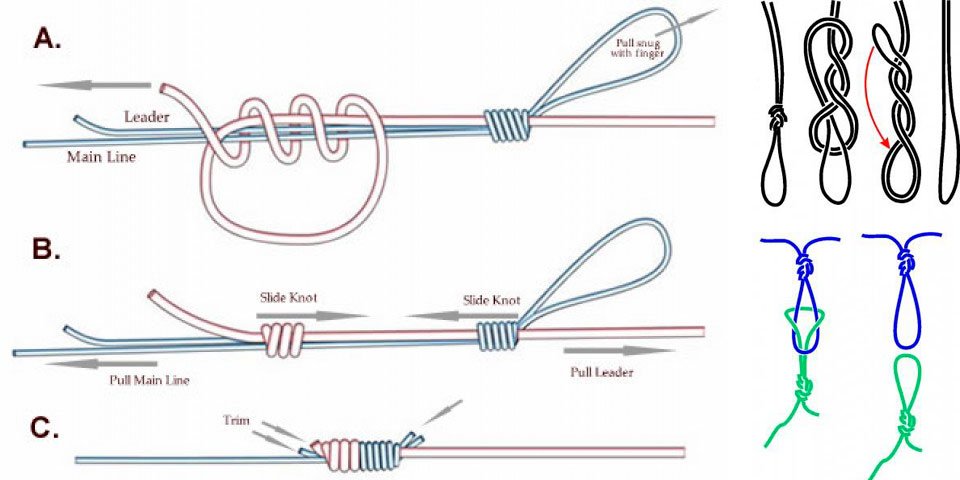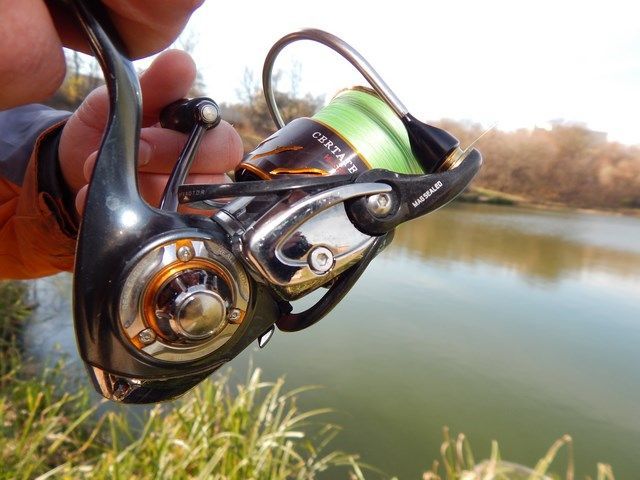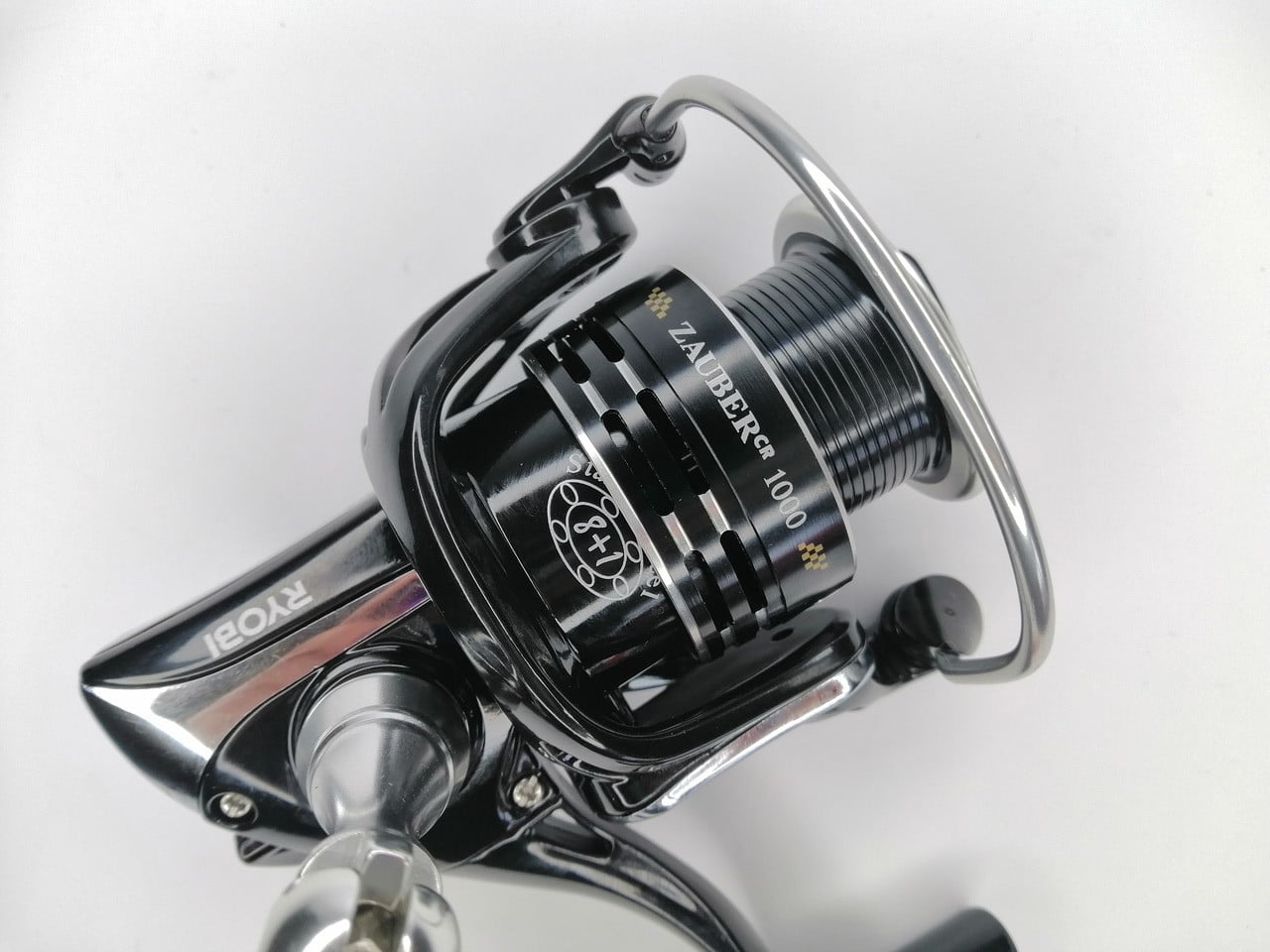Tying line to line is a great skill that every angler will need sooner or later. Alas, when fishing, unplanned breaks, hooks and other troubles often occur, which force the angler to resort to tying the broken line. To successfully and accurately tie a broken fishing thread, you need to know at least a few types of reliable fishing knots. There are a huge number of ways to tie a line of the same diameter, with its different diameters and under different distinctive conditions. In this article, we will consider the main types of nodes and their purpose. Fishing knot for beginners, as a variant of a bunch of two lines – how to tie a leash to the main line from a loop to a loop:
- General Tips for Tying Line to Line Correctly
- How to tie a fishing line to a fishing line – which knots are suitable
- When you need to tie lines of the same diameter
- Oak knot
- Carrot knot
- When you need to tie lines of different diameters
- When to tie the line to the line perpendicularly
- When to tie the hook to the line
- Поделиться ссылкой:
General Tips for Tying Line to Line Correctly
Tying fishing line has always caused a lot of controversy among anglers. Some believe that it is best to use carabiners to attach several mono-trees to each other.
and swivels, while others are of the opinion about the need to use strong fishing knots for direct tying. And, probably, it is worth agreeing with the latter, because not every fisherman has a swivel in his fishing arsenal when an unexpected line break occurs. That is why it is worth knowing at least a couple of reliable knots that can serve for many months, or even years if properly tied. Of all the nodes, we will consider the strongest and lightest in execution. They are suitable both for tying lines of different profiles (monofilament, fluorocarbon), and for tying lines of different diameters.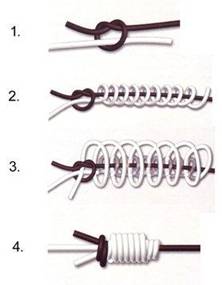
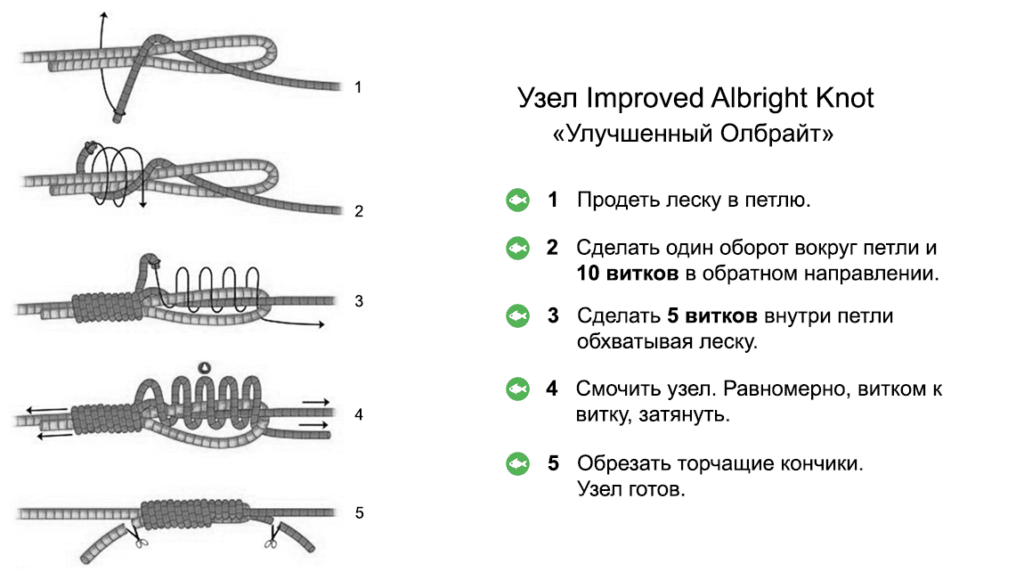
Well, of course, it is worth moistening the knot while tying it. This will help to avoid chafing the lines, damage them, deformation, and will increase the strength of the knot. A not moistened knot, when tightened, can be quite damaged and loses almost half of its strength, which ultimately leads to the breakage of the tackle when fish resists, casting, hooking, or simply careless transportation of the tackle.
It is recommended to wet the knot several times. First, the workpiece is moistened when the knot is just starting to be tied and all the actions from the scheme for its creation have not yet been performed, and then it is moistened a second time already during the control tightening during the completion of tying the lines.

How to tie a fishing line to a fishing line – which knots are suitable
Tying the fishing line always comes with certain conditions. It can be carried out both at home when installing tackle, and in fishing conditions, when you need to tie the line as quickly as possible in order to continue fishing. That is why it is worth considering different situations and related nodes.
When you need to tie lines of the same diameter
Tying lines of the same diameter is not particularly difficult. Almost any well-known fishing knot is suitable for this, but still it is worth limiting yourself to less voluminous and complex knots. When tying lines of the same diameter, a difficult knot is not needed. Even the use of a light knot will allow both threads to distribute the load evenly among themselves, and also not impede the passage of the main tackle through the rings. To do this, consider a couple of known nodes of different complexity levels.
Oak knot
The oak knot is particularly light and shows good results. This site is very popular among beginners and even experienced anglers often do not hesitate to use it to save time. It is the speed of tying that is its main plus. But at the same time it is no less durable than the others, but after tying it has rather large antennae of the fishing line, which must be shortened. In order to tie the fishing line in this way, you need to fold two lines parallel to each other and make them 3-4 skeins around two fingers. After that, the antennae pass into the formed loop, the knot is moistened and tightened.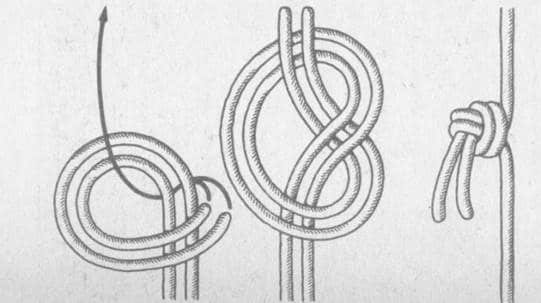
Carrot knot
A carrot is a fairly reliable and time-tested fishing knot for tying fishing line with fishing line of different diameters. It is very popular and, despite the great complexity of creation, is more reliable than an oak knot. They are tied both with fishing lines of different and same diameters. This versatile knot is very compact and does not transfer excess line like the previous knot. Here is an example of tying a knot: Carrot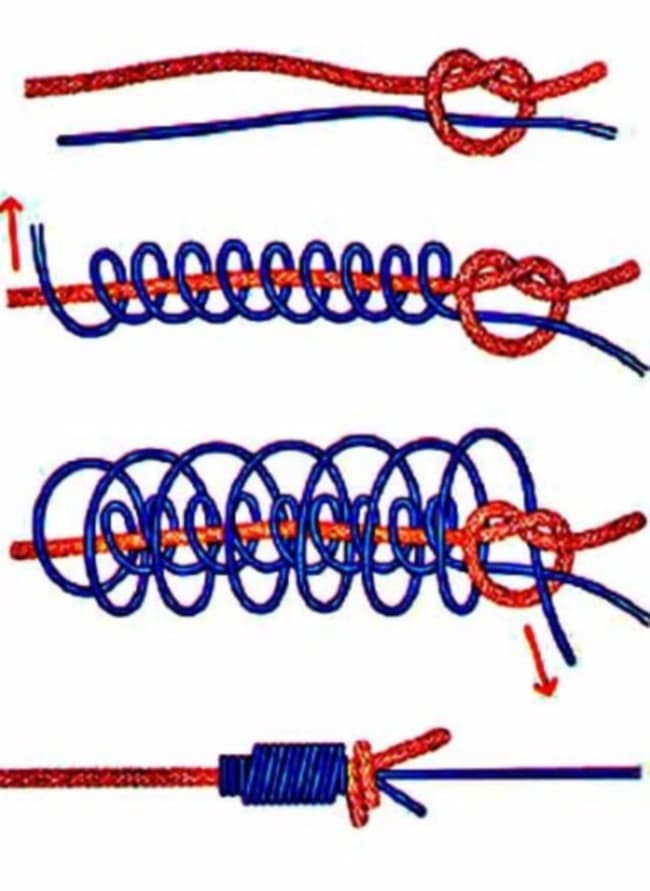
When you need to tie lines of different diameters
When tying lines of different diameters, many questions arise. Many are interested in whether the knot will be able to withstand a greater weight and somehow more evenly distribute the load between thicker and thinner lines. And there really is such a knot. The bloody knot will help with this.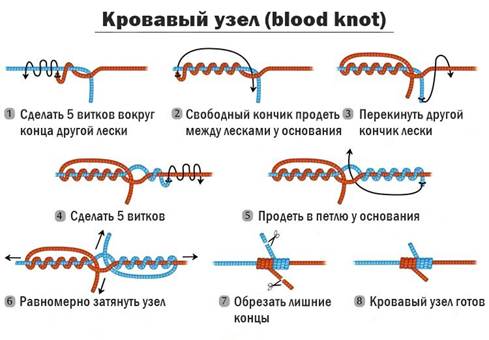
When to tie the line to the line perpendicularly
The question of properly tying the leash has long tormented many anglers. A leash is an indispensable thing for both float and spinning fishing. It significantly increases the chances of a bite and is also used in many types of rig installations. That is why you need to properly tie the leash. If you just take a hook with a thread and connect it with a simple knot to the main line, then the leash can damage the main line, deforming it or even pinching it. It will also slide along the main line. This is impractical and completely wrong. That is why there is a special knot tying technique that allows you to fix the leash without corkscrews, and also reduces its effect on the main thread. To do this, you need to make a kind of loop on the main line, bending it 180 degrees. Next, you need to work with the leash.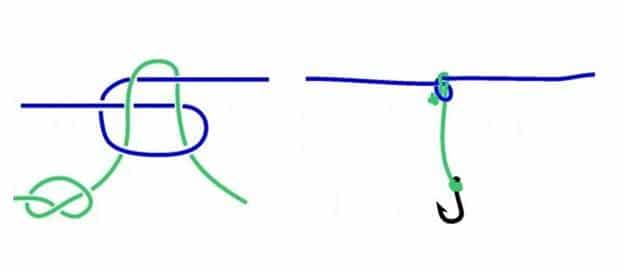

When to tie the hook to the line
There are a huge number of ways in which it is fashionable to tie a hook to a fishing line or braided thread. They differ from each other in complexity and strength. However, there are knots that do not require special skill or a lot of time to tie. One such knot is the clinch. It is really lightweight, and its durability is close to 100%.
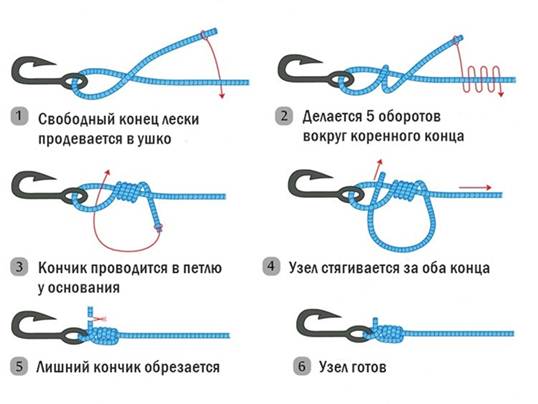
- You should always check the suitability of the tying lines. Even a strong knot will not keep them from breaking if they are badly deformed or damaged.
- It is recommended to wet the knots several times during tying to minimize the chance of overheating.
- It is necessary to take a responsible approach to the choice of the node, since each node has its own characteristics and recommendations for its use.
- Monofil is more vulnerable to overheating, so it is recommended to monitor its condition more carefully and carefully.
- No need to chase after complex and voluminous knots. They are not always more durable, but they can make fishing difficult because they are bulky.
